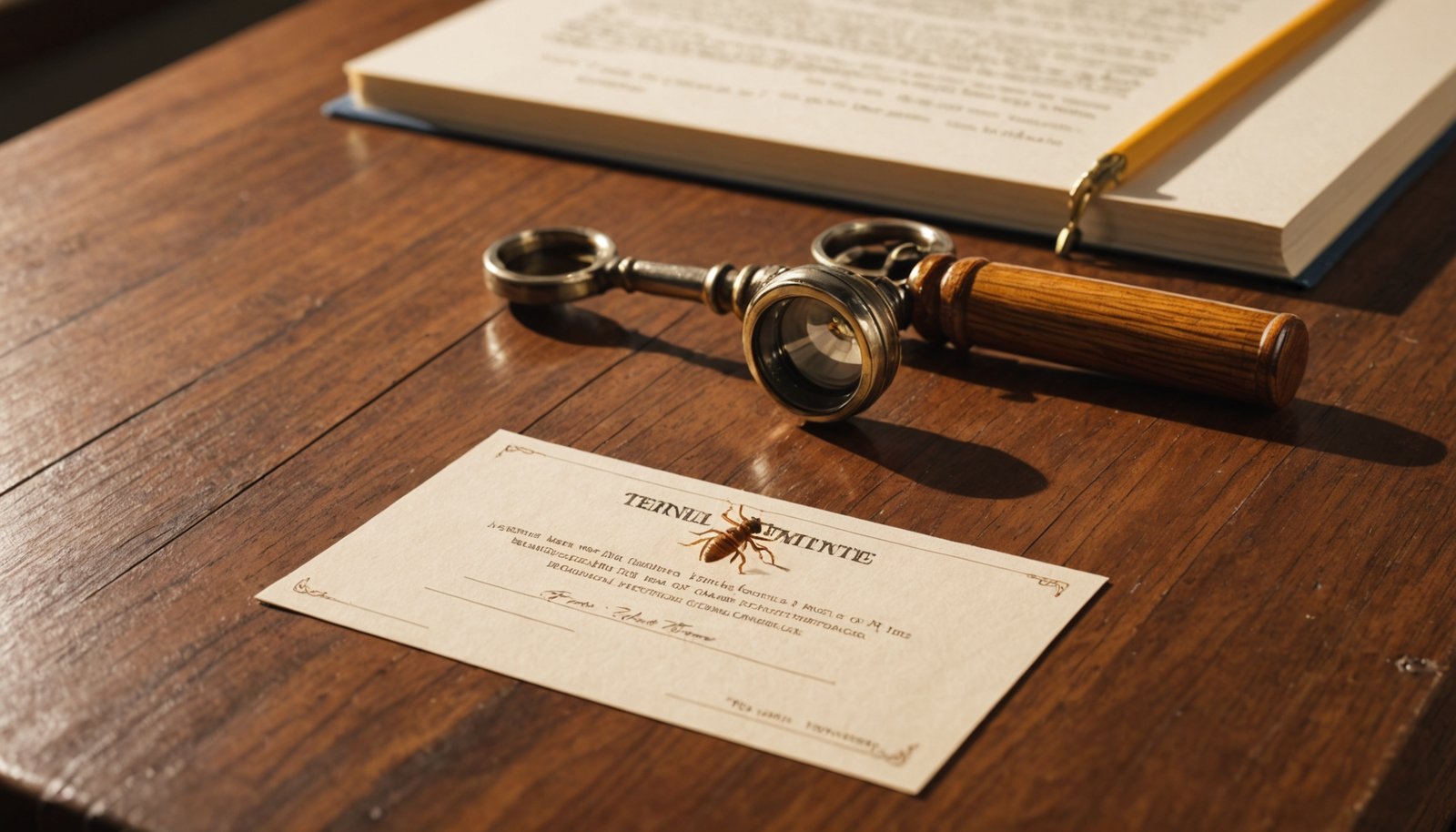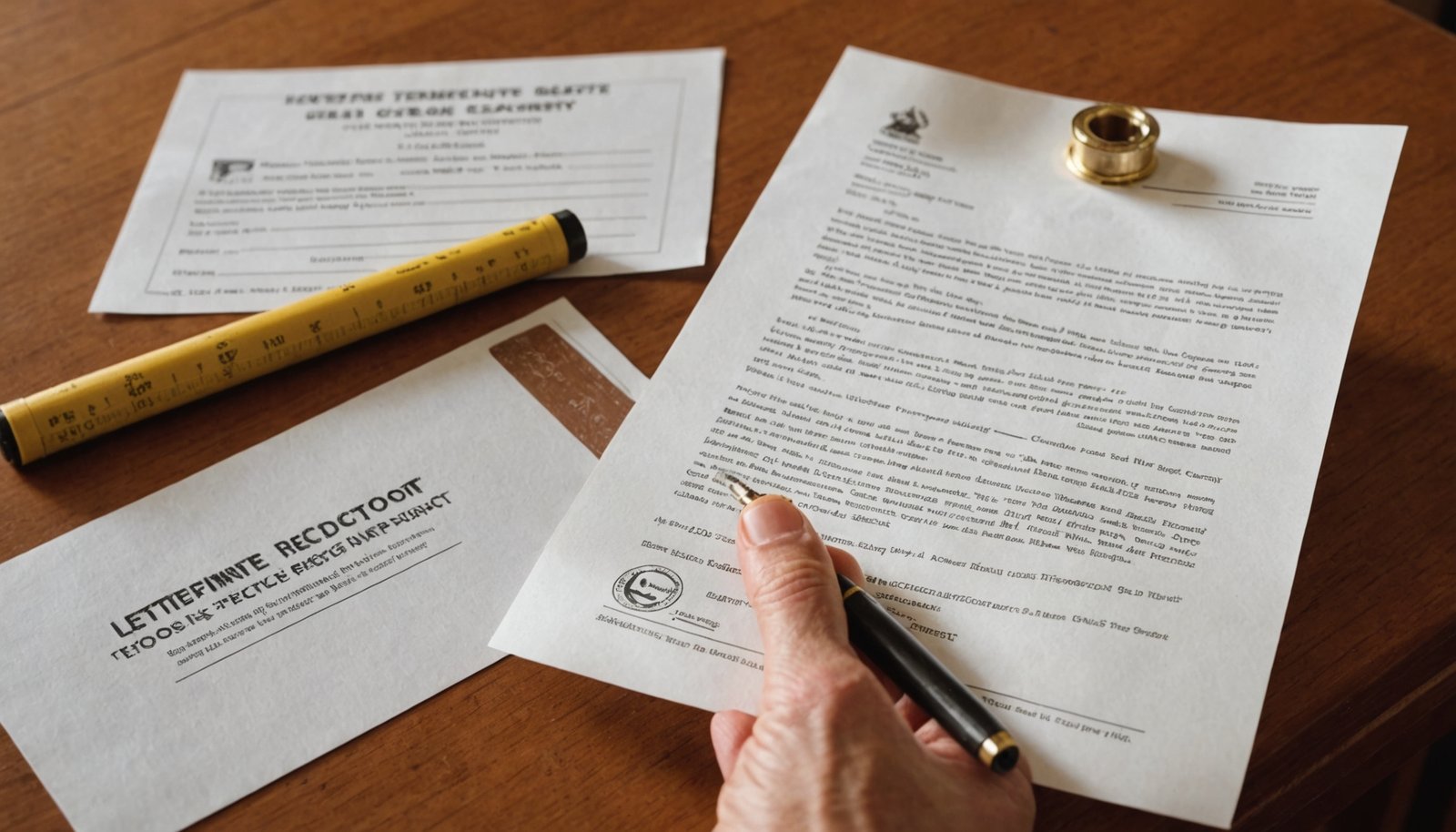Termite Clearance Letters: What Home Buyers Need to Know
A termite clearance letter proves your potential home is free from wood-destroying insects and structural damage. You’ll need this document for most mortgage lenders, especially with FHA and VA loans. Licensed pest control professionals conduct thorough inspections of the property’s interior and exterior, typically charging between $100-200. The letter remains valid for 30-90 days, so timing matters for your closing. Understanding the complete process will help you navigate this essential home-buying requirement.
Key Takeaways
- Termite clearance letters are mandatory for many mortgage loans, particularly FHA and VA, and must be obtained before closing.
- The inspection report remains valid for 90 days and typically costs between $100-$200, depending on property size.
- Professional inspectors examine both interior and exterior areas for signs of termite activity, damage, and potential risks.
- Buyers should schedule inspections early, as delays in obtaining clearance letters can impact closing timelines.
- The report provides documentation of a property’s structural integrity and can serve as leverage during price negotiations.
Understanding the Basics of Termite Clearance Letters

When you’re buying a home, a termite clearance letter serves as an essential document that validates the property’s structural integrity. This official report, also known as a Wood-Destroying Insect Inspection (WDI) report, comes from licensed pest control professionals who’ve thoroughly examined the property for termites and other wood-destroying organisms.
Your termite clearance letter will include critical information such as the inspection date, specific areas checked, and confirmation that no active infestations exist. State-licensed companies handle these vital inspections to ensure accuracy and reliability.
A comprehensive termite clearance letter details your inspection’s timing, examined locations, and verifies your property is termite-free.
If previous termite activity was found and treated, you’ll find detailed treatment information in the report. Many mortgage lenders, especially those offering FHA and VA loans, require these letters before approving your loan.
Obtaining this document helps protect your investment and guarantees you won’t face unexpected repair costs from undiscovered termite damage.
The Inspection Process and What to Expect

Getting a termite clearance letter starts with a thorough inspection of your property.
You’ll need to prepare by moving stored items away from foundation walls and clearing access to crawlspaces, basements, and attics. Make sure you’ve addressed any exterior moisture issues before the inspector arrives.
During the inspection, a qualified professional will examine both interior and exterior areas of your home. These inspections are typically valid for 90 days.
They’ll look for mud tubes, damaged wood, frass, and discarded wings – all telltale signs of termite activity. The inspector will check structural components, focusing on areas where wood contacts soil and around utility penetrations.
Your detailed report will include the inspector’s findings, photos of problem areas, and recommendations if termites are found.
You’ll only receive a clearance letter if no active infestation exists.
Critical Timing and Cost Considerations

Since timing can make or break your home purchase, understanding the critical timing and costs of termite clearance letters is essential.
You’ll need to obtain these letters before mortgage approval, and they’re typically valid for 30 to 90 days. Plan your inspection early enough to address any issues that might arise, especially during warmer months when termite activity peaks.
A thorough inspection takes 30 minutes to 2 hours, depending on the property size. Expect to pay between $100 and $200 for the inspection and letter, though costs may vary based on your home’s size and location.
While sellers usually cover inspection and treatment costs, you might need to pay if you’re seeking contingency protection.
Remember that waiting too long can delay closing, as most lenders won’t approve loans without current clearance letters.
Consider making your purchase offer contingent on inspection results to protect yourself from unexpected expenses.
Legal Requirements and Lender Specifications
Before you can close on your home purchase, you’ll need to navigate the complex web of legal requirements and lender specifications for termite clearance letters.
VA loans have the strictest requirements, mandating inspections and repairs before closing in 39 states, including New Jersey. For FHA and conventional loans, requirements depend on the appraiser’s findings.
Your termite clearance letter must be recent – typically within 30 days of closing for most lenders. A certified pest expert will need to perform the inspection to issue a valid clearance letter. The inspection must be conducted by a licensed pest control company, and the report needs to explicitly state the property is free of active infestations.
For conventional and USDA loans, reports remain valid for 180 days, while FHA and VA loans require reports no older than 90 days. If repairs are needed, you may need additional certification from licensed contractors.
Key Benefits for Property Buyers and Sellers
A thorough termite clearance letter offers valuable benefits for both parties in a real estate transaction. As a buyer, you’ll gain protection from hidden damage and leverage for price negotiations if issues arise. For sellers, you’ll enhance your credibility and potentially secure a faster sale at your desired price point. Professional inspectors can detect termite activity behind walls that would otherwise remain concealed from view.
| Benefit | For Buyers | For Sellers |
|---|---|---|
| Financial | Protection from costly repairs | Maintain property value |
| Market Position | Confidence in investment | Enhanced marketability |
| Legal Protection | Documentation of condition | Disclosure compliance |
| Transaction | Negotiation leverage | Smoother closing process |
The letter also promotes transparency between parties, reducing legal risks and ensuring long-term property health. You’ll find that addressing termite issues early can lead to significant cost savings and better investment protection, while insurance companies often require this documentation for coverage.
Conclusion
You’ll want to secure a termite clearance letter to protect your investment and satisfy lender requirements. Don’t skip this essential step in the home-buying process – it can save you thousands in future repairs and give you peace of mind. Remember to schedule the inspection early, work with qualified professionals, and keep copies of all documentation for your records.

